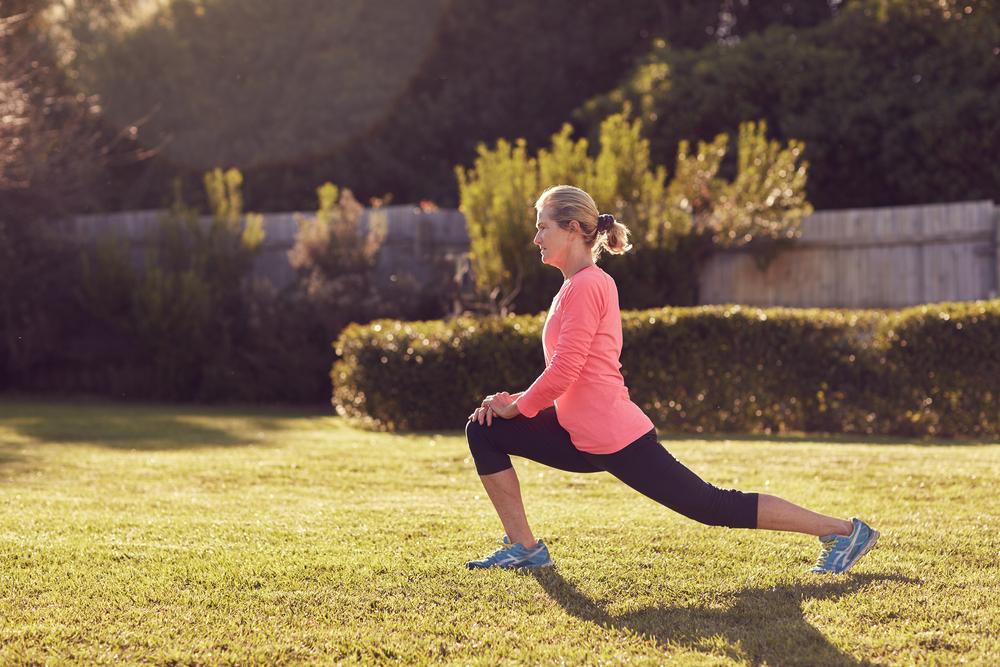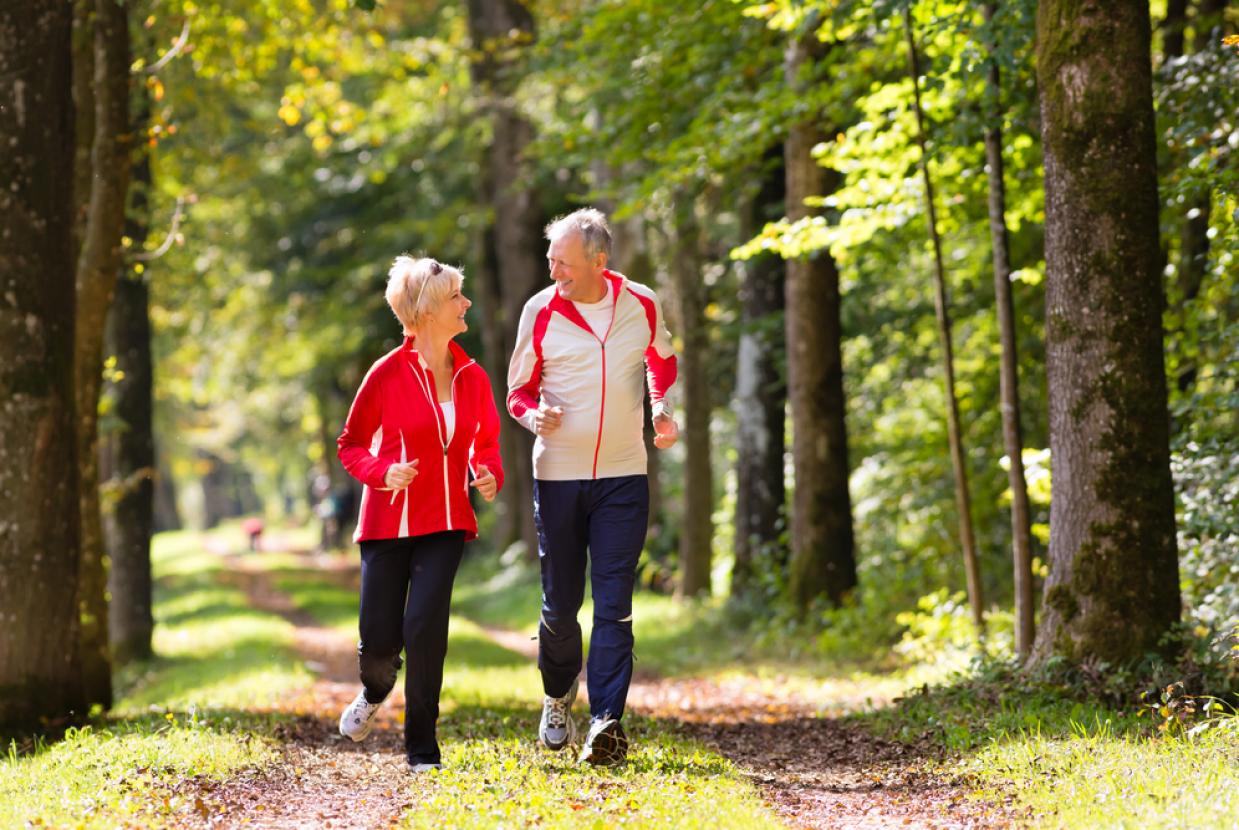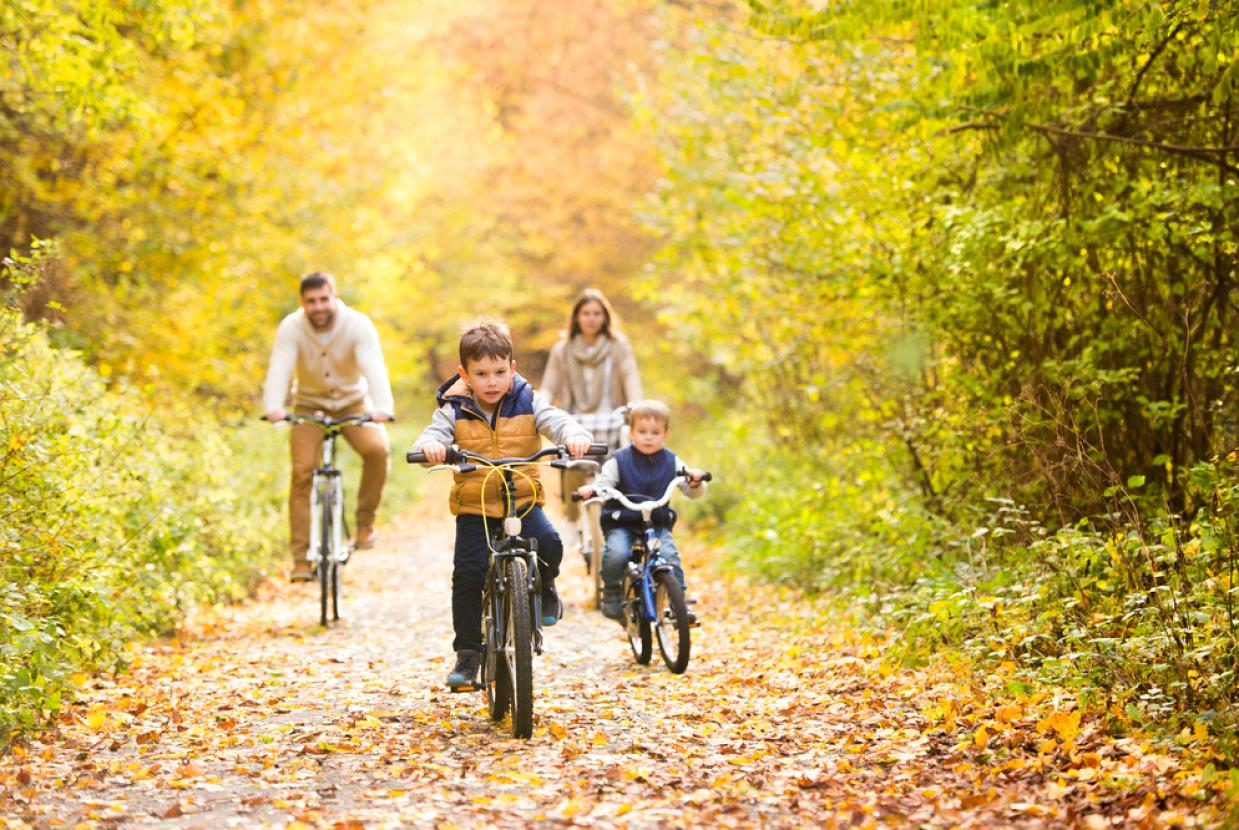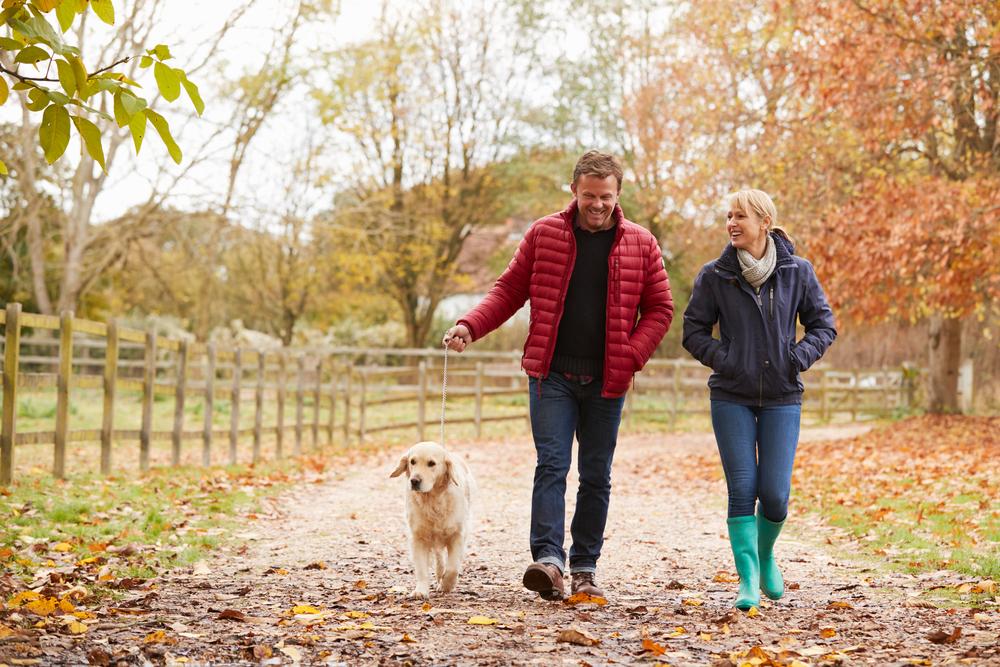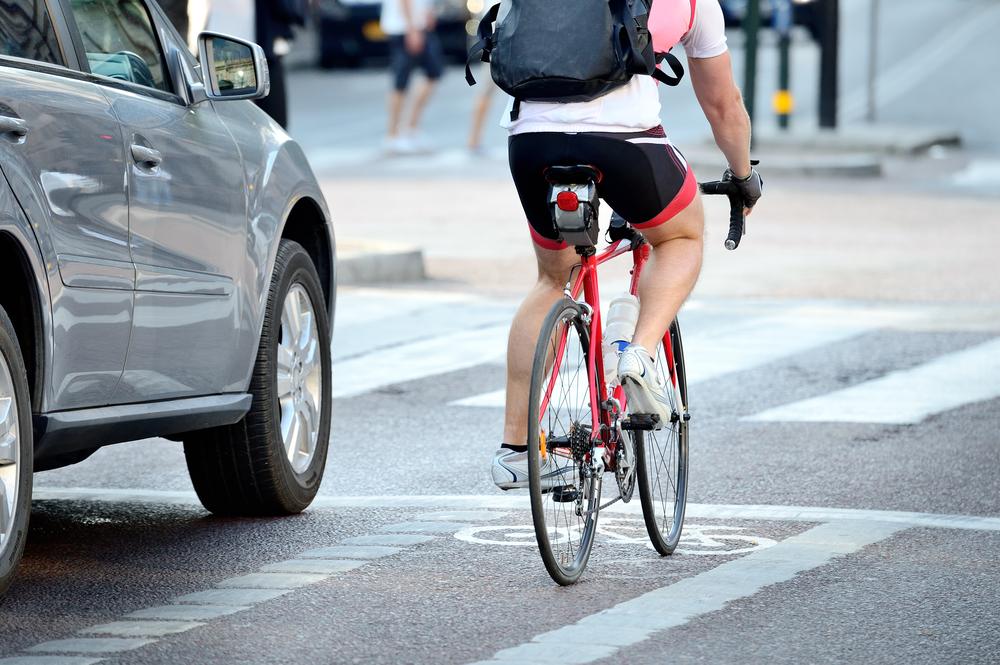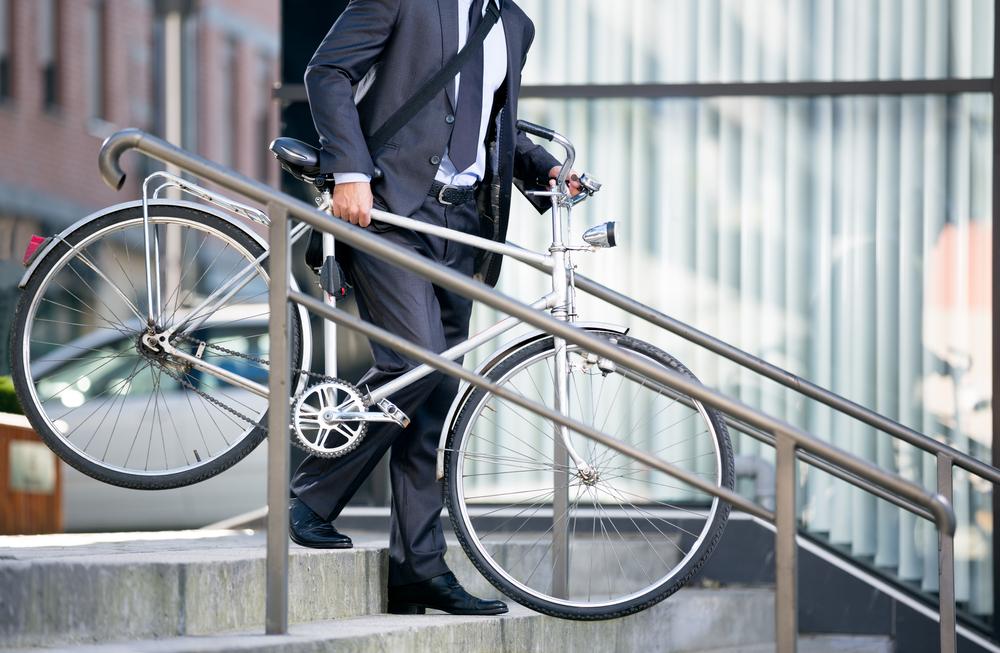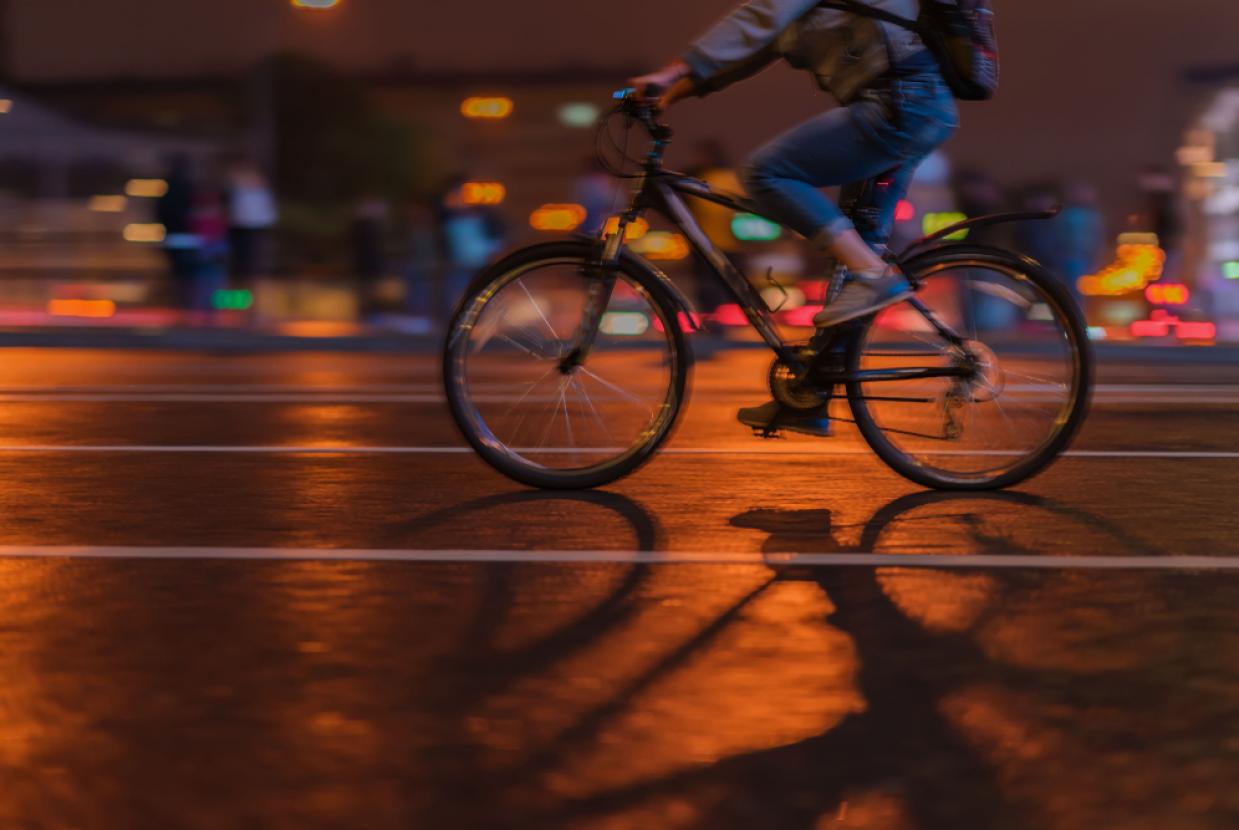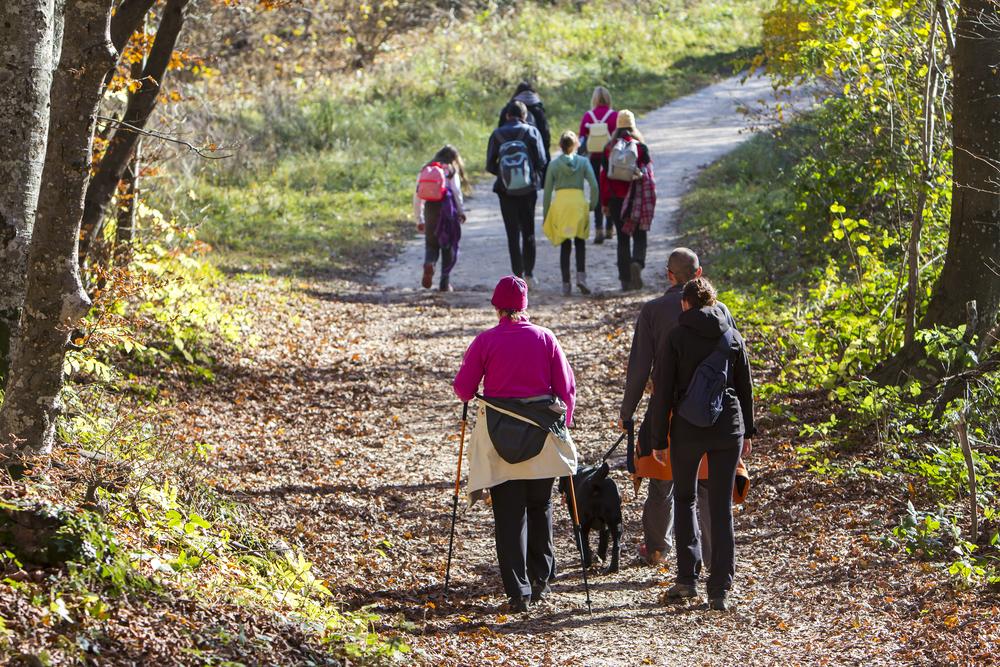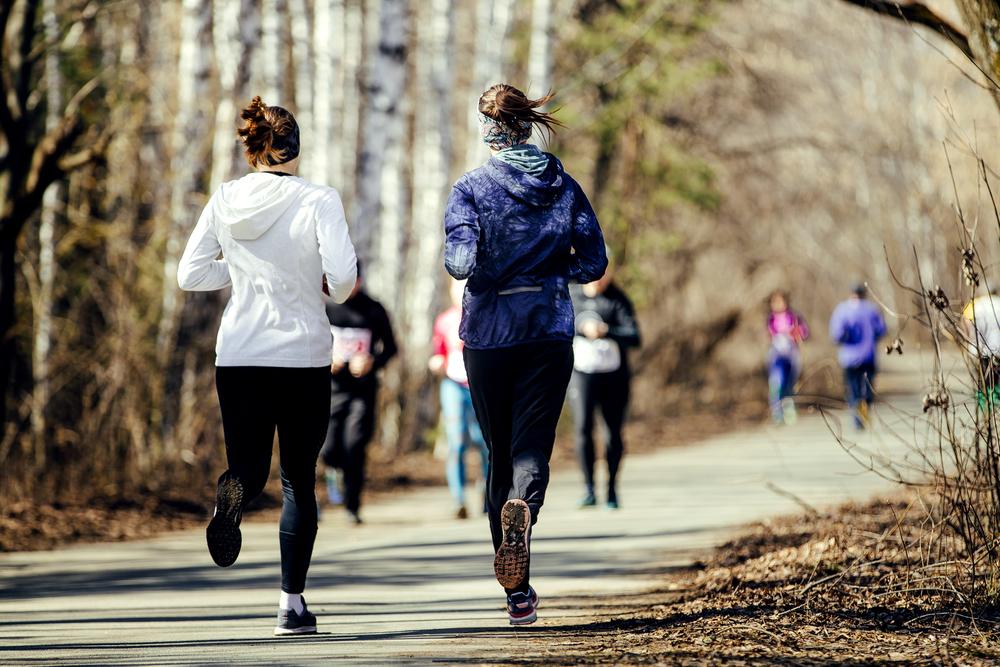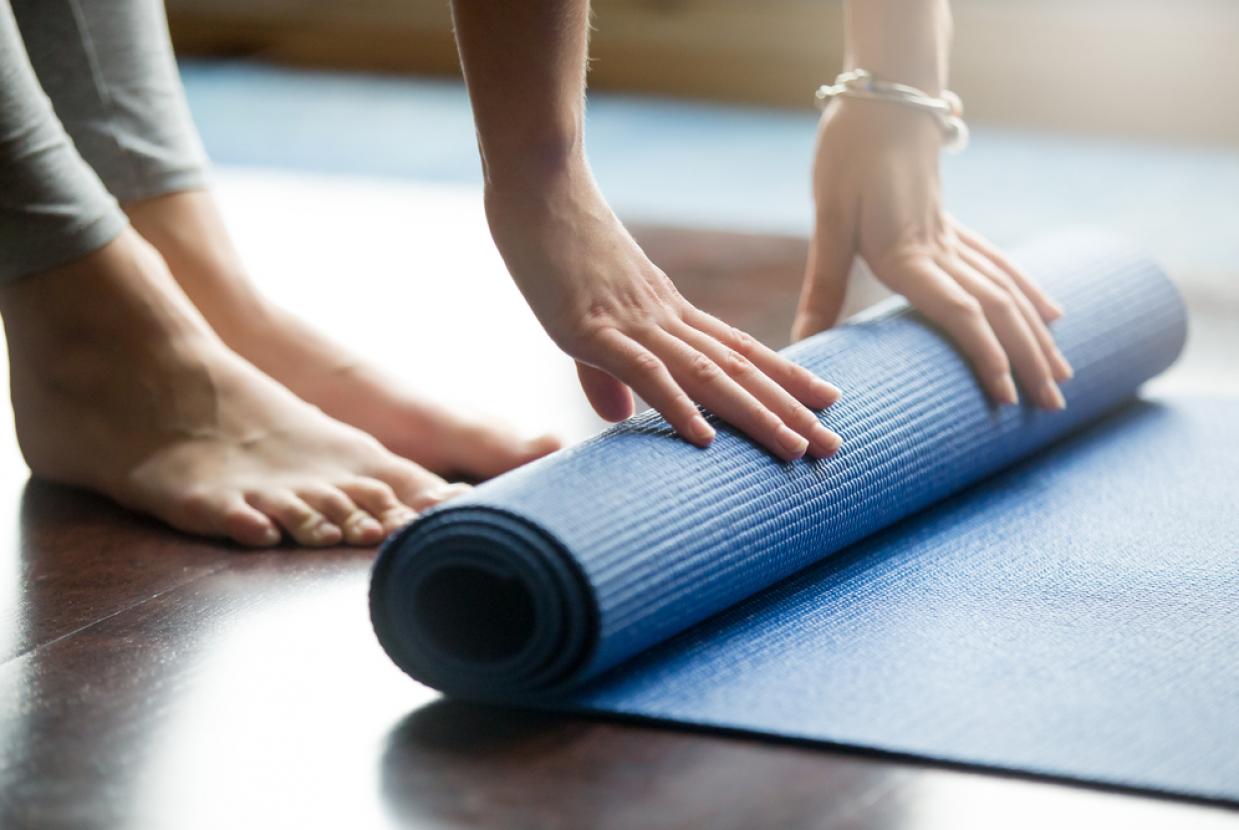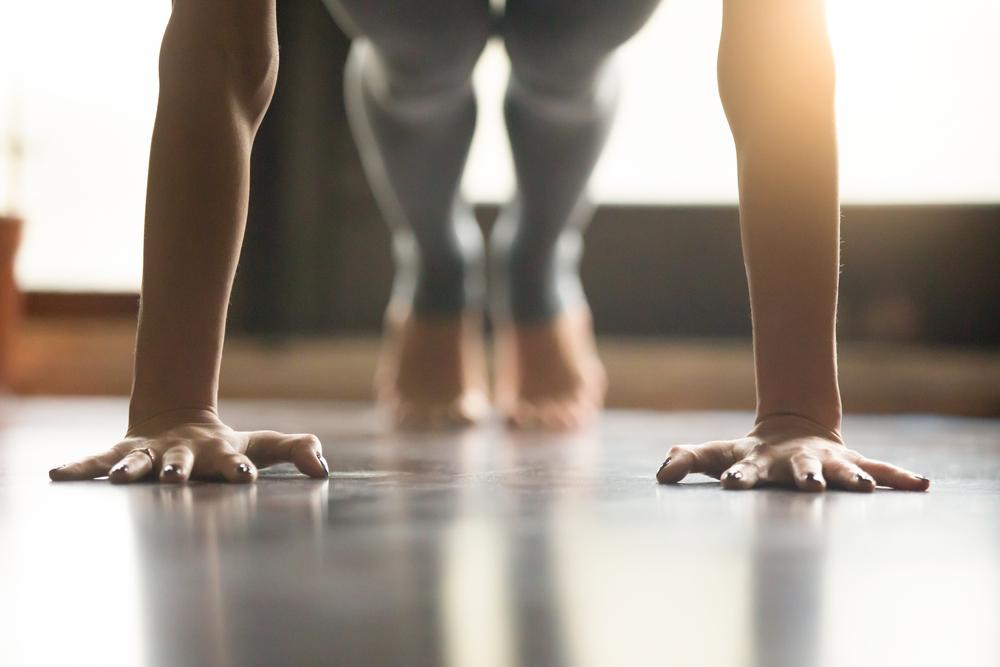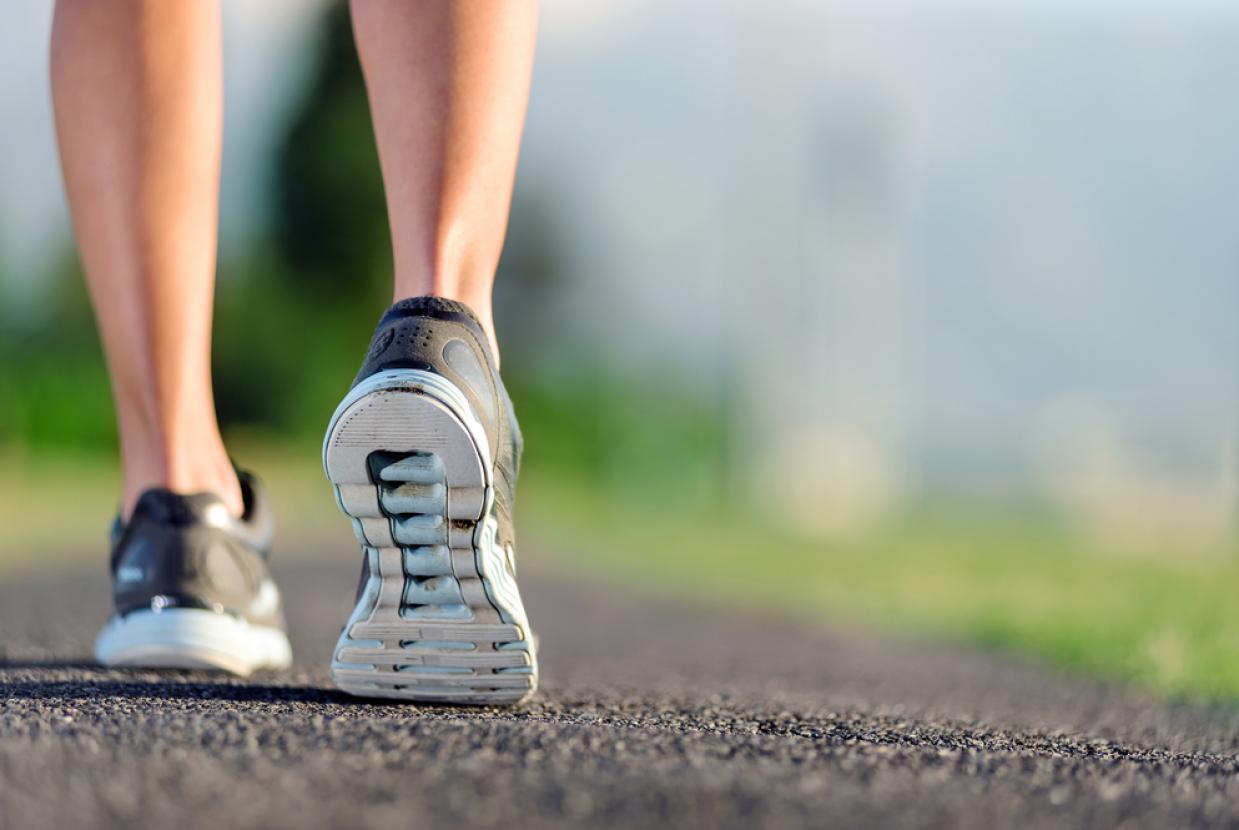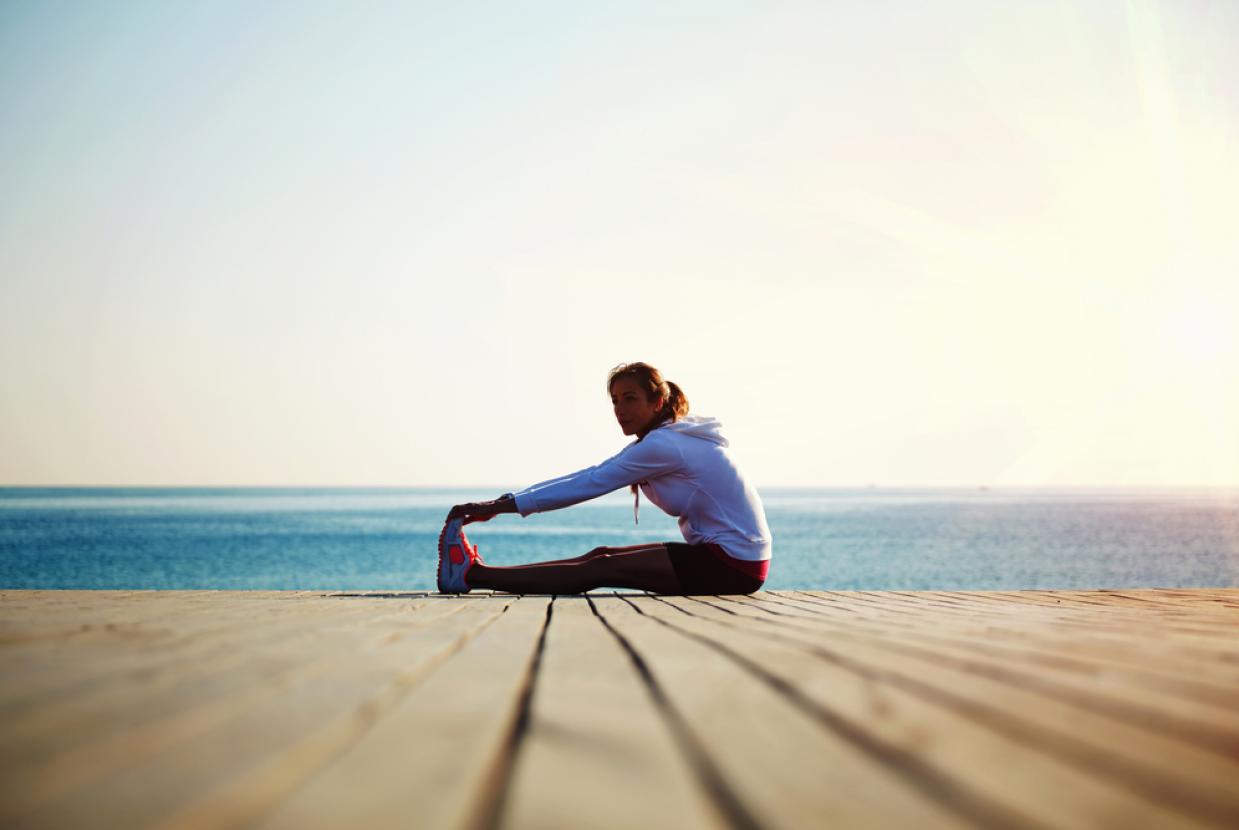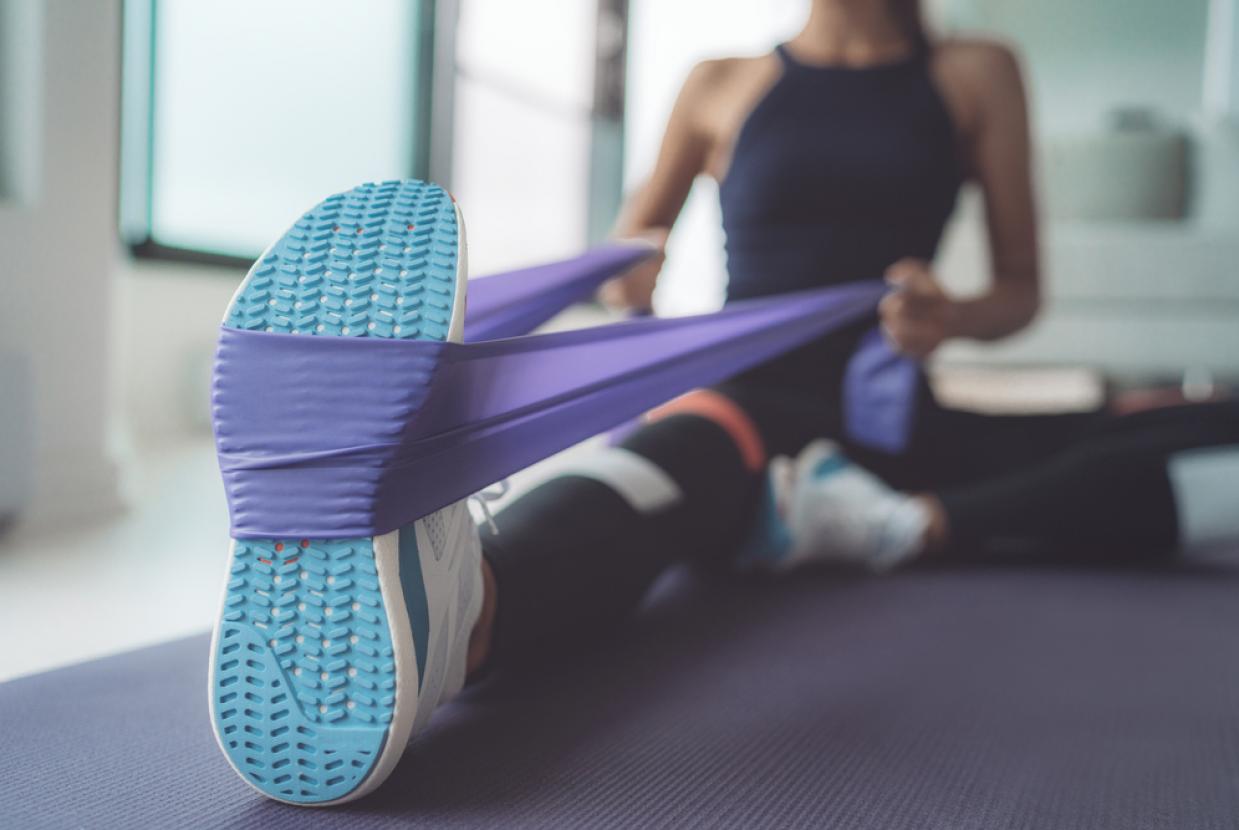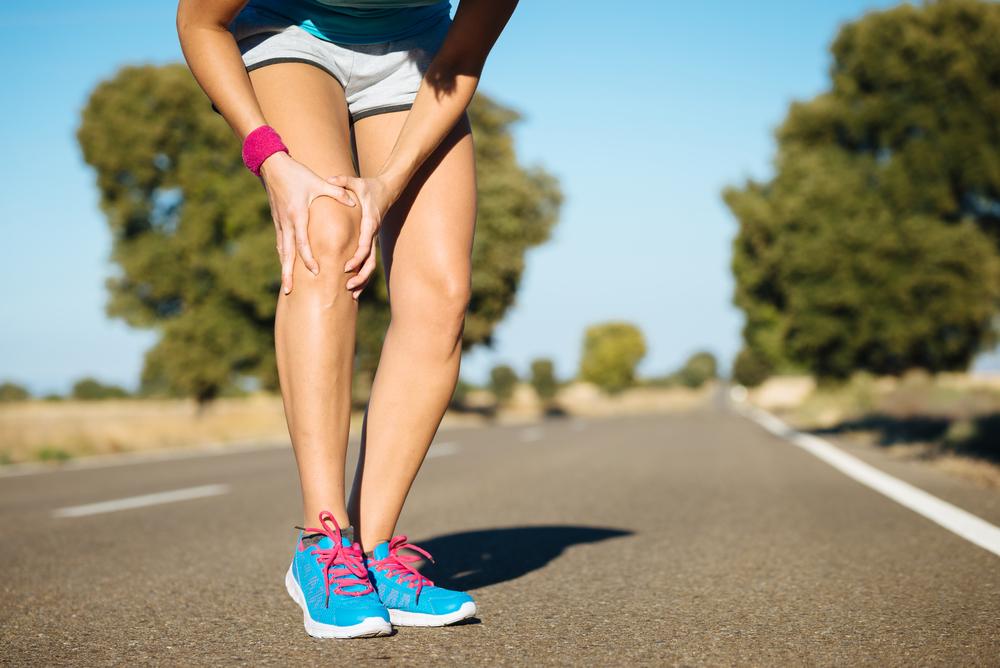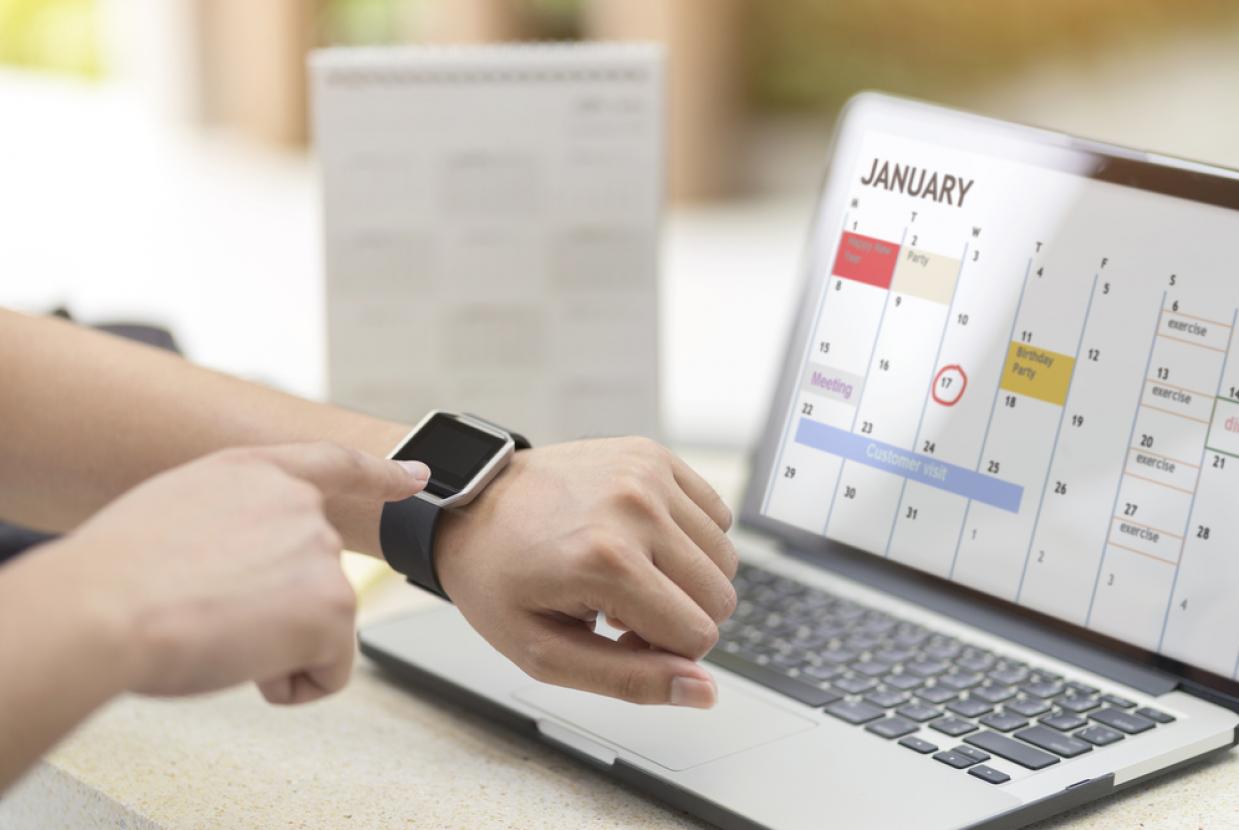5 Ways To Plan Ahead For Your Trip To The Outdoors
Get Fit / Healthy WeightWe’ve all heard the saying “Fail to prepare, prepare to fail” right? When it comes to being prepared for the outdoors, here’s what you need to know!
1. Proper Clothing and footwear
Failing to bring the proper clothing for the outdoors can leave you feeling like you may as well have dressed in your pyjamas. The rule here is simple – it’s better to have and not need rather than not have and need. That means, pack your jacket, a beanie, waterproofs. These things don’t weigh much, but they have a BIG impact.
Footwear is also one of the most important things you can have for a day’s hiking. If you’re sticking to flat parks or walking trails, a robust pair of trainers is fine. If, however, your goal is to climb any of Northern Ireland’s many beautiful mountains or head on a forest trek, walking boots are a must. They reduce your risk of injury, will stand up to any patches of damaged or slippery trail and won’t fall apart on you at a potentially critical moment. Not to mention no wet soggy socks if it rains (chances are slim to none there right?).
2. Know your route
The recent gorse fires in the Mournes highlight how emergency situations can arise suddenly and without warning. It is essential that if something does go wrong during your outdoor adventure, you know how to get back safely. Remember, the phrase ‘Getting lost in nature’ is metaphorical – not literal advice.
Check Walk Listings – WalkNI for detailed information on a range of walking routes and always read the trailhead information panel if there is one for potential diversions or closures. Trails and paths are there for a reason.
3. Stay within your skill level
The world of Instagram loves epic scenery pictures. The reality however is that social media doesn’t show the physical exertion and sometimes skill it requires to reach where those pictures were taken.
If you’ve never climbed a mountain before, it’s probably best to tackle one that’s an easier difficulty, with experienced walkers in your company. Remember, the mountains are not the same as the high street. Help, if you are able to reach it, takes much longer to find you should you get into difficulty.
4. Familiarise yourself with ASSIST
Speaking of help coming for you, one of the busiest volunteer emergency rescue services in the country, Mourne Mountain Rescue, devised an acronym intended to help you keep safe on your outdoor ventures. Take a few minutes and learn it:
- A – Access – Do you have a route map? Are you familiar with your intended route? Can you accurately pin point your location at any given time? If necessary do you have an emergency escape route(s) and should the need arise, how will Emergency Services reach you?
- S – Signal – Do you have a phone? Do you have the necessary contact numbers ? Will there be network coverage, and if not, what is your back up plan? Do you carry a whistle, torch, PLB (Personal Locating Beacon) or strobe? Have you left an ‘ALERT’ plan with a friend? (Actions/Liaisons/Emergency/Route/Time)
- S – Story – What to say when you need to call for help – Who are you? Who are you with? Where are you? What have you been doing? What has happened? What resources do you have? What actions have you taken? If not obvious, why exactly are you calling for help / exactly what assistance do you require? All key pieces of information necessary for an appropriate Emergency Services response.
- I – Injuries – Is someone injured? Who is injured? How did they injure themselves? What are their signs and symptoms? What first aid do you carry? What treatment can you provide? Don’t forget, ‘I’ can equally apply to ‘Illness’. Even if you do decide to call teh Emergency Services, remote responses take time and so your immediate input and/or hat of others could well prove critical.
- S – Shelter – Do you carry sufficient clothing / shelter to protect all those involved? Exposure is a real risk, particularly for but not limited to an injured party. Even in our summer months, weather can be challenging and particularly for someone who has suffered an injury or taken ill. In particular, see ‘T’ below.
- T – Time – Dealing with incidents on trails takes time, whether self-assisting or receiving assistance from others or the Emergency Services, even if you’ve done everything correct and provided all the essential information. Are you prepared for a delay / wait of not just minutes but hours? See ‘S’ above.
5. Leave No Trace
Leave No Trace is simply the habit of following best practice in the outdoors, made up of seven principles. Thankfully, these principles overlap heavily with the messaging we’re putting out as part of #RightSideOfOutside! To delve into these and much more, visit www.LeaveNoTraceIreland.org now.







